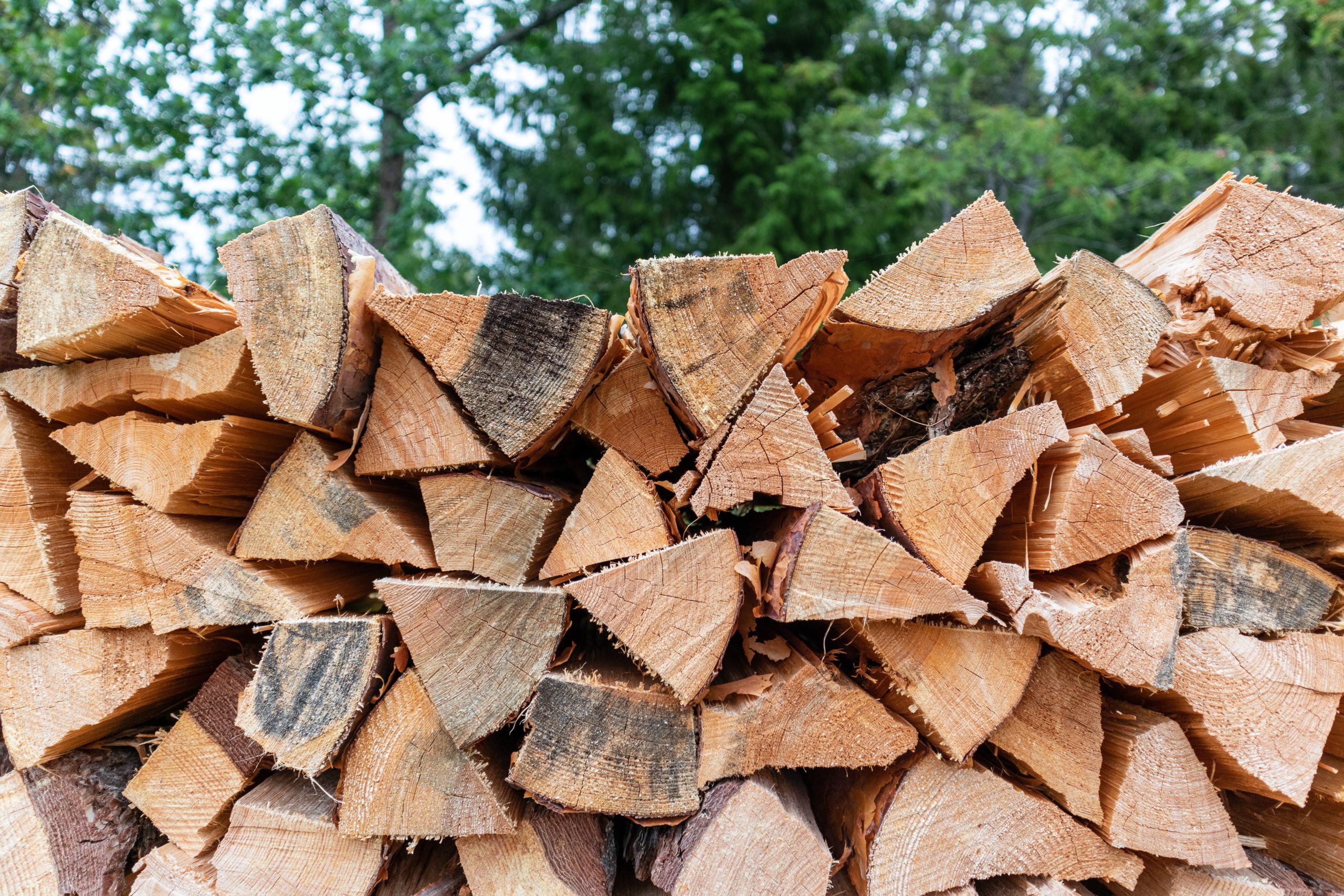Description
Wood fuel is often ignored in discussion about alternative energy. This is partly related to the fact that wood fuel was never really replaced by fossil fuels and partly due to misconception that it harms the environment by emitting carbon dioxide and contributing to deforestation. But if proper technology is used and if wood fuel is sourced from sustainably managed forests, it is a carbon neutral source of energy and does not harm the environment in terms of destroying wildlife habitat.
Wood fuel is available as firewood, pellets, chips, charcoal and sawdust. It is mainly used for space and water heating. Wood burning to power steam engines to generate electricity is rare.
Advantages of Wood Fuel
- Availability. Wood fuel is easily available either in the form of firewood or wood wastes.
- Low cost. Wood fuel is inexpensive, especially in comparison to fossil fuels. And unlike other alternatives to fossil fuels, it does not require high initial investment.
- Environmentally friendly. As mentioned earlier, wood fuel is not harming the environment if it is sourced in sustainably managed forests and if the right technology is used, for example efficient wood burning stoves. In fact, the same trees that are harvested for firewood provide a habitat to wildlife and reduce carbon dioxide in the atmosphere while growing. Wood burning does emit carbon dioxide but since the amounts of carbon emitted equal to the amounts of carbon absorbed while the tree was growing, the total carbon emissions equal zero.
- Sustainability. Wood fuel is a sustainable source of energy because each tree that is cut down can be replaced.
Disadvantages of Wood Fuel
- Inconvenience. In comparison to other forms of heating, wood fuel is often less convenient because most stoves and furnaces require refilling every few hours. Automatised systems are available as well but they are quite expensive.
- Environmental concerns. Deforestation and in the first place, illegal logging is a serious environmental concern. In the developed countries, the rate of illegal logging is relatively low but it remains high in the developing nations. Unsustainable wood harvesting does not only contribute to the rising levels of carbon dioxide in the atmosphere but it also threatens the local ecosystems and biodiversity.
- Low benefits in terms of lowering carbon emissions. Trees absorb huge amounts of carbon dioxide and other greenhouse gases while growing but all absorbed gases are released back in the atmosphere during wood burning.


Reviews
There are no reviews yet.